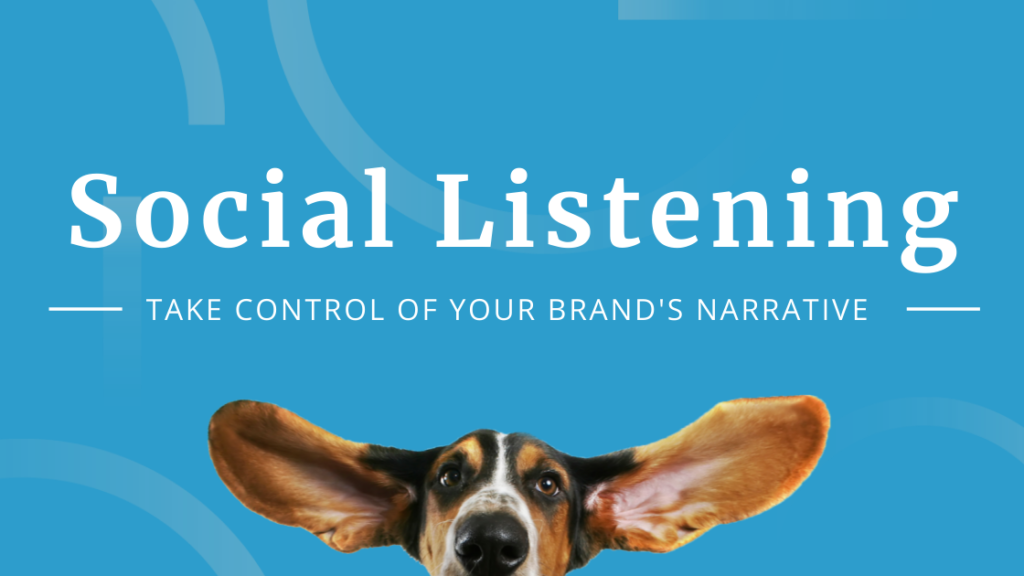
Social listening is an increasingly vital organizational practice whether you’re a growing business or global enterprise. With so much social data floating around, it quickly becomes overwhelming for marketers who want a holistic picture of their brand’s online reputation. Social listening allows you to cut through the digital distractions and discover the influences your brand has on your industry space.
What is Social Listening?
Social listening, when executed correctly, enables you to make better business decisions by giving a clear picture of market dominance and sentiment around your brand. Put simply, social listening is the analysis of mentions around specific topics from across a variety of data sources. These topics could include your brand in general, product lines, services, events, and any other topics that people might be talking about. Using this data will give you a full picture of how the public perceives and understands your organization.
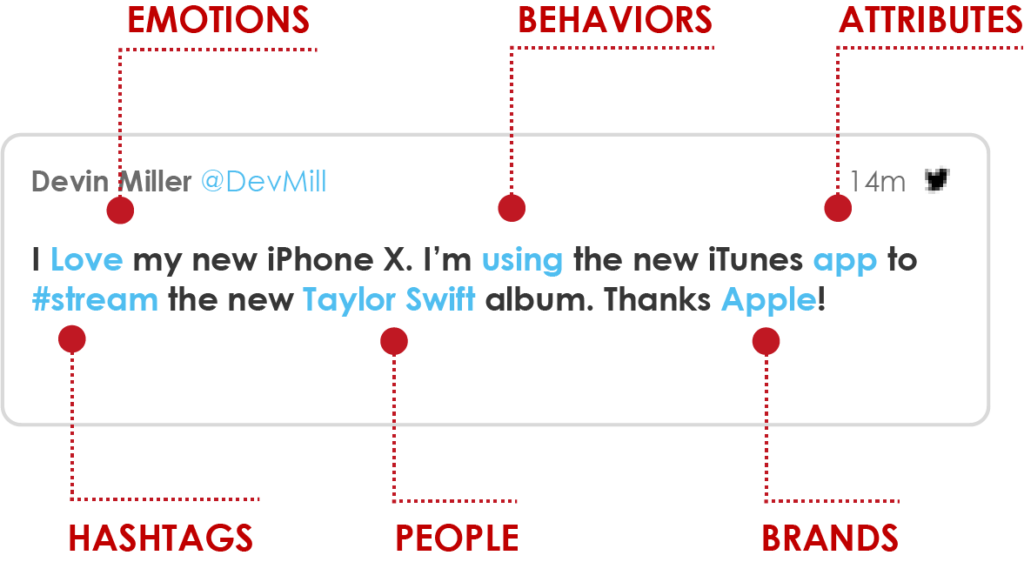
Why Social Listening is Important
As leading market research company, NetBase, states: “Accurate, fast data-driven insights are the key to customer retention, increased sales, competitive differentiation and campaigns that connect and deliver maximum impact with your consumers.”
Insightful and compelling social listening requires a specific mix of tools and the expertise to digest the information. Individual brand monitoring platforms have limitations. We would suggest using multiple tools for full monitoring of your brand and high priority titles. By collecting and analyzing topic mentions from a comprehensive set of data sources, you gain a better understanding of:
- Share of Voice
- Sentiment
- Customer Experiences
Understanding these topics reveals actionable insights such as:
• Discovering hot topics in your industry
• Identifying customer pain points
• Highlighting success in the market
• Validating audience research
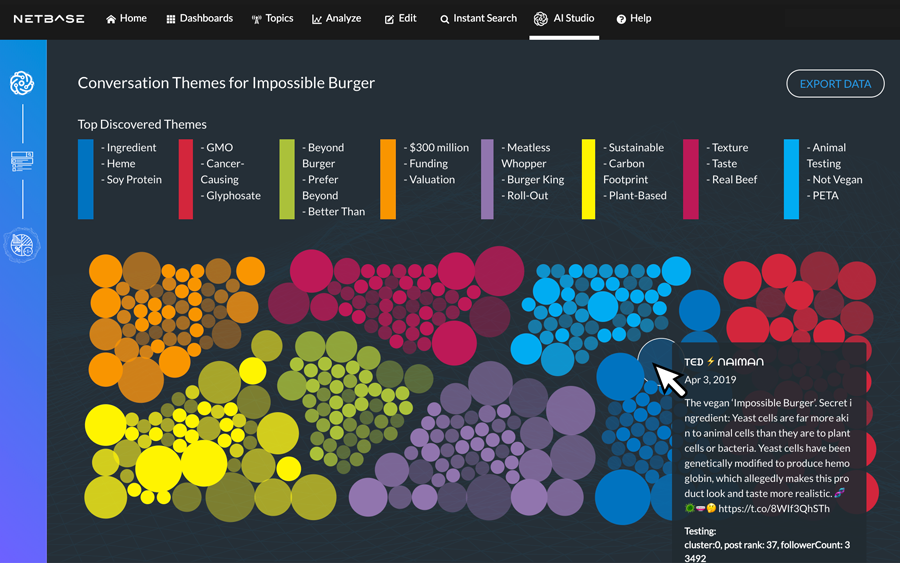
How to Leverage Social Listening
There are three major ways we typically leverage social listening: content alignment and optimization, community management (including crisis management), and new business development.
Content Alignment
In many cases, social listening can help your company find areas where marketing communications are misaligned with audience perceptions. This kind of misalignment can be especially damaging to brands looking to enter new spaces or revamp current product offerings.
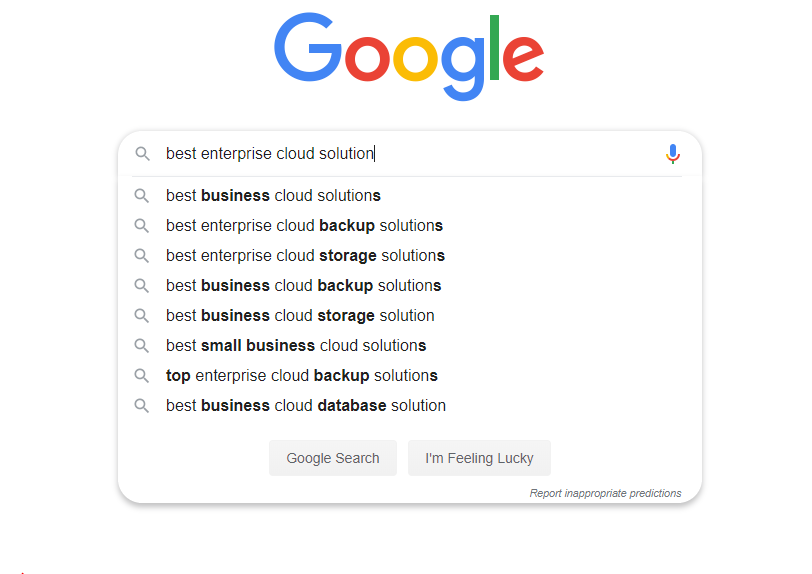
For example, consumers often search for companies by product features using specific terms. However, it can be difficult for brands to keep on top of this jargon. This creates a unique opportunity for social listening and search analysts to collaborate in optimizing your brand’s position within search results. Using social listening, we can identify less obvious terms that align closely with user preferences to inform search keyword bidding strategies.
Organizations that can drill down past the noise and confirm they are taking their customers’ preferences into account will more easily permeate new markets, roll out additional products, and take on competitors.
Community & Crisis Management
Occasionally business developments can cause consumers to look unfavorably at your brand. Crisis management is an area that blindsides many companies, but responses become significantly easier to deliver when social listening analysts can mitigate crisis events before users have a chance to react. Avoiding the “snowball” effect of negative sentiment can sometimes make all the difference between campaign success and failure.
Alternatively, social listening can open opportunities to engage with your community in unexpected ways. A recent example of this involves RuPaul and Webex. Two names that one would not typically associate with each other.
During this year’s Super Bowl, there was a lot of buzz surrounding Sabra’s commercial featuring legendary queens Kim Chi and Miz Cracker. The internet praised Sabra for being the first to feature drag performers in a Super Bowl commercial. This information is not true however as RuPaul starred in a Webex commercial in 2000.
Not quite. @RuPaul herself starred in a Y2K Super Bowl for @Webex , thanks to the always ahead of the times @DavidRThompson. The ad was fabulous. https://t.co/DZCdOS6yok
— Scott M (@SouthofAmerica) January 29, 2020
Webex’s community manager noticed a strange uptick in mentions and quickly responded to the activity.
Proud to be a part of HERstory ????
— Webex (@Webex) January 29, 2020
Love seeing Kim Chi and Miz Cracker keeping the story going ???? https://t.co/rrHnSR9inO
RuPaul herself posted the original commercial to Instagram resulting in an interesting outpouring of love for Webex in the comments.
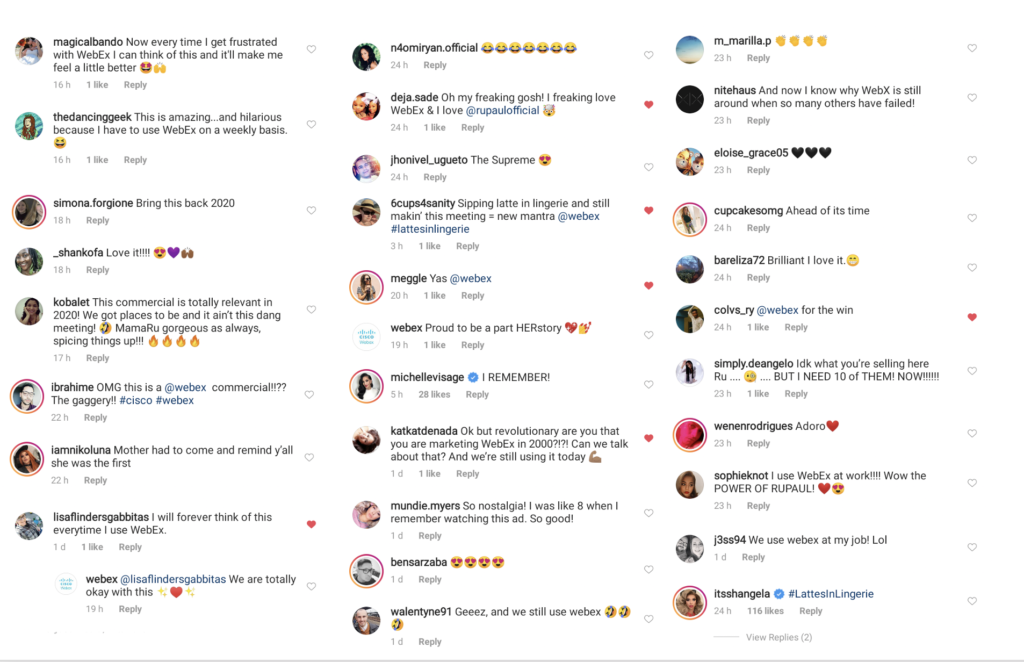
New Business Development
Identifying areas of importance for communities allows companies to cultivate messaging that speaks to their customers in an effective and authentic manner. Organizations that can successfully show their audience they can nimbly act based on the constructive feedback of individual users will create stronger brand advocates. The benefit of accurately measuring and dynamically responding to community opinions in every space your customers are found is invaluable.
An exciting example of this is with the latest announcement of Dunkaroos’ comeback. With the recent movement of 90s nostalgia, General Mills took advantage of this trend and announced that they will be re-releasing the product. Of course, they announced this exciting news via Twitter by quote-tweeting a Kim Kardashian tweet from 2018.
As you wish https://t.co/F05enbO7s7
— Dunkaroos (@Dunkaroos) February 3, 2020
A spokesperson from General Mills stated to the New York Times, ‘There’s so much great consumer insight and information. People want to share things, whether it’s Twitter, or Instagram or whatever channel. We’re able to kind of say, “O.K., where’s the conversation going? And what are people talking about?”‘
The Business Value of Social Listening
What do we want? ROI! When do we want it? Always. One of the most compelling aspects of social listening is the value it brings. If you compare the monthly cost of a basic suite of social listening tools to the cost of an expensive third-party campaign/brand lift study such as Nielsen, there’s no comparison. Third-party studies typically include only a single campaign or date range, whereas, with the right tools and determination, you can report comparable data for a fraction of the cost. Plus, you can continue using the tools to measure the campaign du jour, plus many other uses we’ve previously outlined. More uses plus lower overall cost equals a much better business value for your brand.
When used for campaign measurement, get insight into the types of measurement that the C-Suite loves but is rarely derived from platform metrics: brand recall/lift, share of voice, brand (or product) mention volume and sentiment, thematic analysis and many other nuanced metrics. This type of measurement is especially critical for awareness campaigns where measures of success are typically more vague and upper management wants quantifiable measures of success.
By highlighting and examining metrics beyond clicks and impressions, social listening analysts can help companies identify opportunities to connect more closely with their customers. Marketers can quickly understand the omnichannel impact of their brand’s messaging and identify holistic insights — all while deploying agile optimizations informed by the most recent data. The optimizations one can make from this data—with both organic and paid campaigns—are endless.
